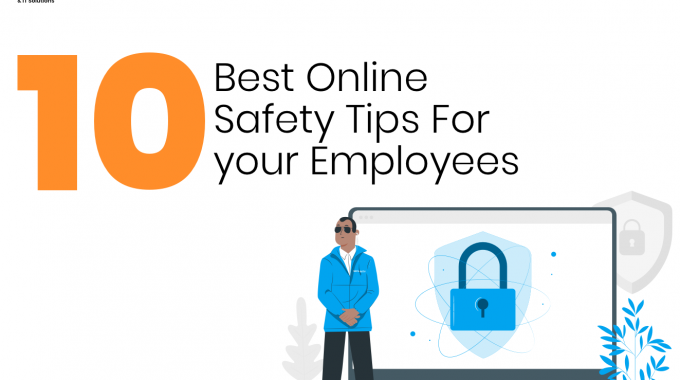
10 Best Online Safety Tips for your Employees
Cyberattacks are an evolving danger to organizations, employees and regular everyday people. These attacks may be designed to access and/or destroy sensitive data or extort money. They can destroy businesses and damage financial and personal lives — especially if you’re the victim of identity theft. Your employees can obliviously take actions that result in cyber attacks. This can be prevented if adequate cyber security is put in place.
First of all, what is Cybersecurity?
Cybersecurity is the practice of defending your electronic systems, networks, computers, mobile devices, programs and data from malicious digital attacks.
In today’s post we are sharing some helpful tips on how you can protect your employees and business data from cyber attacks.
1. Train employees in security principles
It is imperative that you establish basic security practices and policies for employees, such as requiring strong passwords, and establish appropriate Internet use guidelines that detail penalties for violating company cybersecurity policies. You must establish rules of behavior describing how to handle and protect customer information and other vital data.
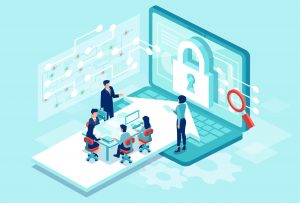
2. Protect information, computers, and networks from cyber attacks
Keep clean machines: having the latest security software, web browser, and operating system are the best defenses against viruses, malware, and other online threats. Set antivirus software to run a scan after each update. Install other key software updates as soon as they are available.
3. Provide firewall security for your Internet connection
A firewall is a set of related programs that prevent outsiders from accessing data on a private network. Make sure the operating system’s firewall is enabled or install free firewall software available online. If your employees work from home, ensure that their home system(s) are protected by a firewall.

4. Create a mobile device action plan
Mobile devices can create significant security and management challenges, especially if they hold confidential information or can access the corporate network. Require users to password-protect their devices, encrypt their data, and install security apps to prevent criminals from stealing information while the phone is on public networks. Be sure to set reporting procedures for lost or stolen equipment.
5. Make backup copies of important business data and information
You must regularly backup the data on all computers. Critical data includes word processing documents, electronic spreadsheets, databases, financial files, human resources files, and accounts receivable/payable files. Backup data automatically if possible, or at least weekly and store the copies either offsite or in the cloud.
6. Control physical access to your computers and create user accounts for each employee
Do not allow unauthorized individuals access or use business computers. Laptops can be particularly easy targets for theft or can be lost, so you must lock them up when unattended. Make sure a separate user account is created for each employee and require strong passwords. Administrative privileges should only be given to trusted IT staff and key personnel.
7. Secure your Wi-Fi networks
If you have a Wi-Fi network for your workplace, make sure it is secure, encrypted, and hidden. To hide your Wi-Fi network, set up your wireless access point or router, so it does not broadcast the network name, known as the Service Set Identifier (SSID). Passwords protect access to the router.

8. Employ best practices on payment cards
Work with banks or processors to ensure the most trusted and validated tools and anti-fraud services are being used. You may also have additional security obligations pursuant to agreements with your bank or processor. Isolate payment systems from other, less secure programs and don’t use the same computer to process payments and surf the Internet.

9. Limit employee access to data and information, limit authority to install software
Do not provide any employee with access to all data systems. Employees should only be given access to the specific data systems that they need for their jobs, and should not be able to install any software without permission.
10. Passwords and authentication
Require your employees to use unique passwords and change passwords every three months. Consider implementing multi-factor authentication that requires additional information beyond a password to gain entry. Check with your vendors that handle sensitive data, especially financial institutions, to see if they offer multi-factor authentication for your account.
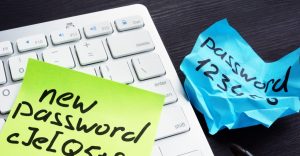
Curious about how your employees and business data can be protected from cyber attacks? Contact us today for a Free Consultation.
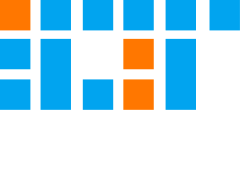

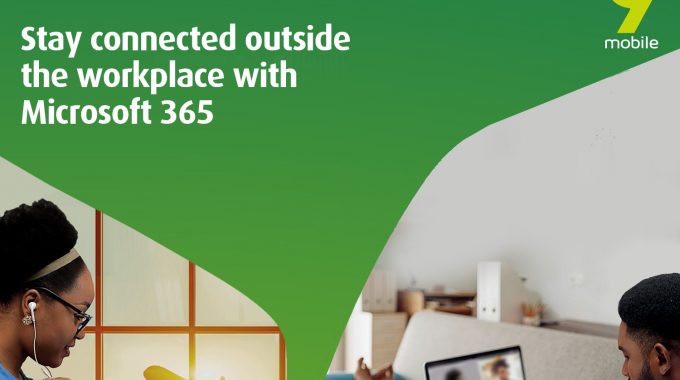
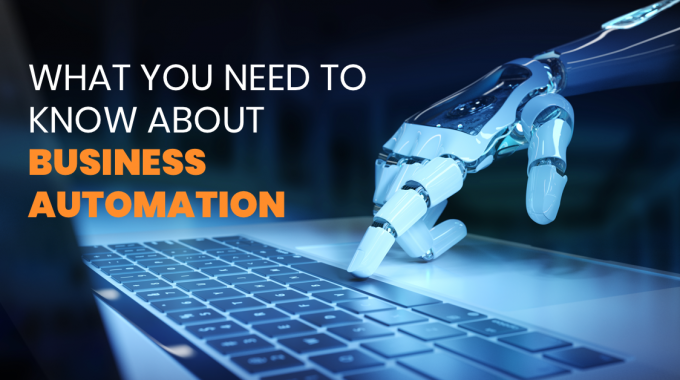
10 Best Online Safety Tips for your Employees – ICIT SOLUTIONS
ajiilholhbk
jiilholhbk http://www.ge0660o1aq7n7lzva44hq9b03a28v45ws.org/
[url=http://www.ge0660o1aq7n7lzva44hq9b03a28v45ws.org/]ujiilholhbk[/url]